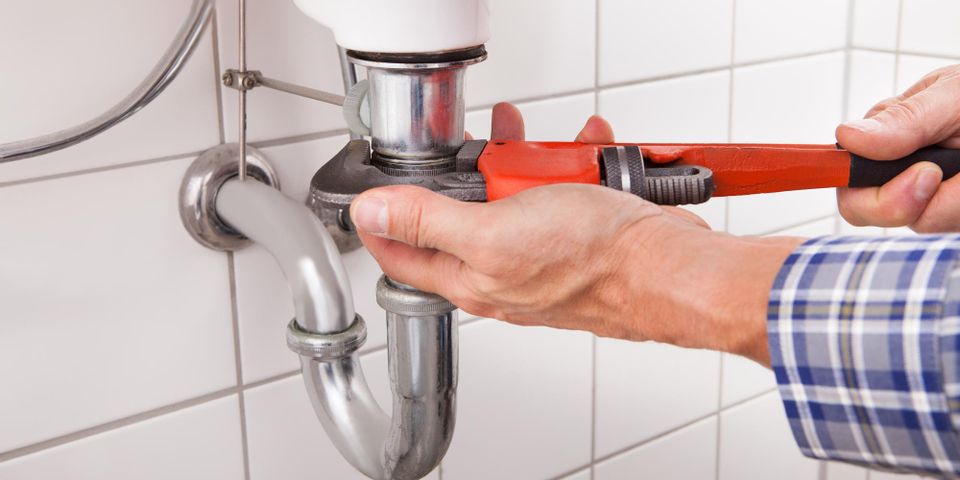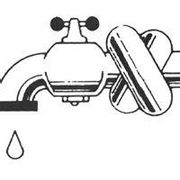
As temperatures drop during the winter, your residential plumbing may be at risk of freezing. When this happens, the pipes may burst and create flooding that could lead to extensive water damage. To prevent seasonal plumbing issues in your home, follow these steps.
How to Prepare Pipes & Plumbing for the Winter
1. Improve Insulation
Many homes feature pipes in areas that aren't heated, such as attics or garages. These plumbing fixtures are more likely to freeze, as they're not protected from the changing temperatures. Consider insulating the pipes with foam or heat tape, or better insulating the room to retain heat and raise the temperature.
2. Promote a Drip
 If you're going to leave your house empty for a few days in a row, your pipes are more likely to freeze because the water isn't moving. Consider setting your faucets to a slow drip while you're away to foster movement. This tiny trickle could save you from thousands of dollars of flood damage due to frozen pipes.
If you're going to leave your house empty for a few days in a row, your pipes are more likely to freeze because the water isn't moving. Consider setting your faucets to a slow drip while you're away to foster movement. This tiny trickle could save you from thousands of dollars of flood damage due to frozen pipes.
3. Add Heat
To limit the likelihood of winter plumbing issues, consider heating your attic or garage. Additionally, better warm the pipes within your living space by opening under-sink cabinets, so the pipes have better access to hot air.
4. Repair the Pipes
When a pipe leaks, it's much more likely to freeze as cold air can easily penetrate the material. Get an annual plumbing inspection to look for these issues and address necessary repairs that'll lower the chances of winter plumbing problems.
If you’re looking to winterize your plumbing, contact John Lockwood Plumbing in Ontario, NY. This team has been in business for over 40 years, offering residential and commercial services from inspections and repairs to clog removal and appliance replacement. Call (585) 265-0736 or visit their website today for information on how their innovative team can improve efficiency in your home.
About the Business
Have a question? Ask the experts!
Send your question

